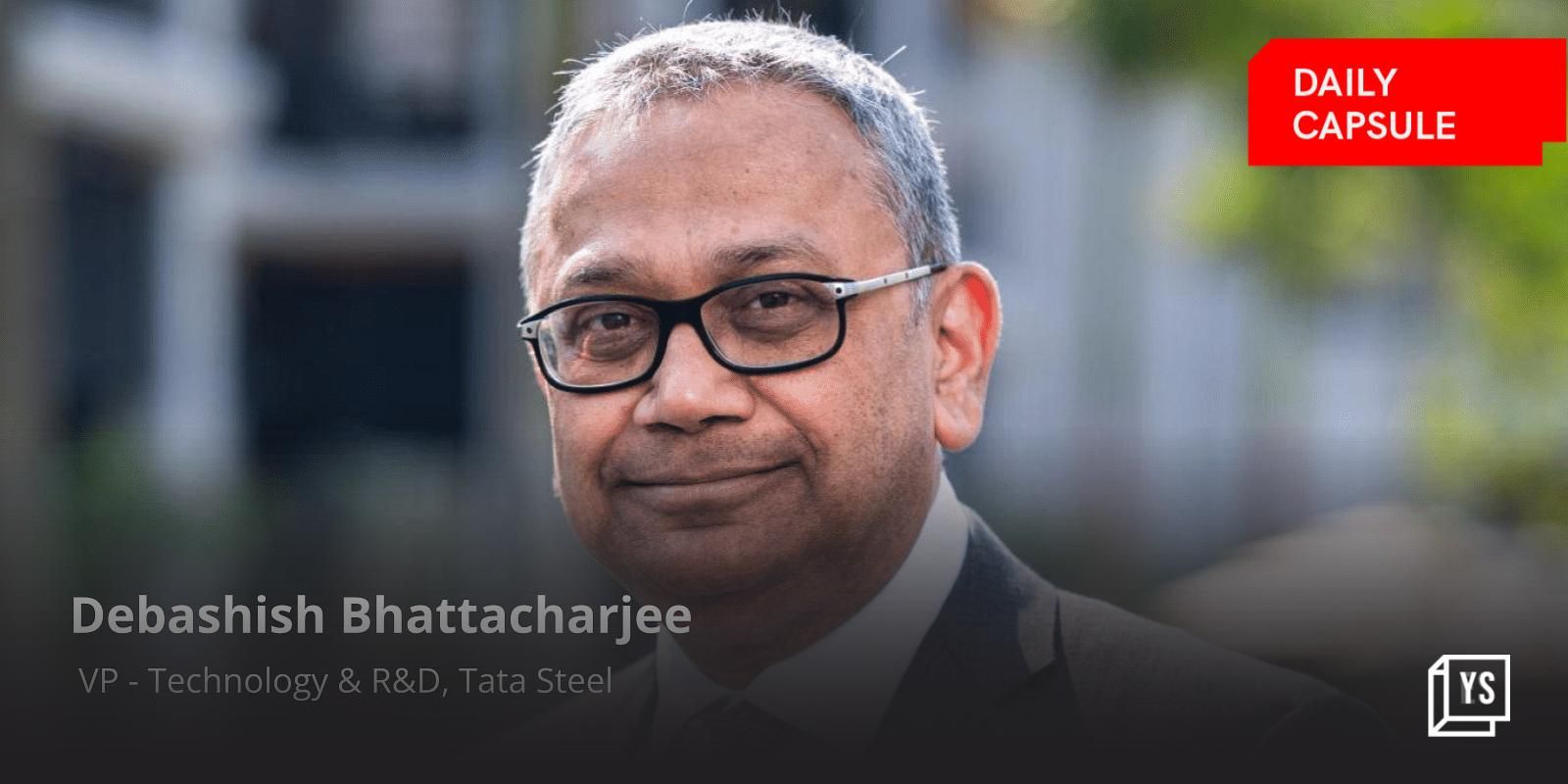One size does not fit all—Build the financial portfolio that YOU are comfortable with
Ananya Mittal

Friday July 14, 2017 , 6 min Read
In the last few months, Indian stock markets have set new highs, and we hear people talk of the awesome returns several stocks have given them in the last eight-odd months post the government’s monetary action in November last year (“demonetisation”). We all, at different points in time, have been tempted to join the party, and in several cases, we have put in our capital in the ring, either by starting an SIP in an all-star mutual fund, or just outright buying the stocks that have been doing well. But have you ever pondered if the investment makes sense for you personally? Will it be a good addition to our current investment portfolio, or have we just joined in because everyone seems to do so?
For many of us, it might also be the first time we have invested in mutual funds or stocks, in which case it’s even more essential to understand what we are getting into.
There is always a lot written on the risks which investments entail and there is the standard disclaimer that warns us that past performance is no guarantee of future returns. Yet most of our decisions are based on the simple rationale that this particular fund has done well, or this stock is a sure winner “says my friend”, so let’s put some money.
Investments are always risky, but it’s about how they fit in with your future needs, and your appetite for risk is what matters. Hence everything is not good for everyone. Doing an SIP in a five-star large-cap fund or investing in the fastest growing mid-cap banking stock might not be the most optimal solution for you as it does not take into account the most important factor – YOU!
So how does one think through something like this and see what works and what does not?
Let’s try to build a simple framework around investing with the help of a game we all love: cricket. We shall borrow names of two legends of Indian cricket to help make the idea clear.
To play the game well, you need a balanced team. Picking the right team and having players of all skills is critical to give yourself the winning chance. The same applies to your investment portfolio: you need a mix of the Sehwags and the Dravids. It can’t be all one way. You need to mix it up with equity as well as debt so that you get a nice well-balanced play.
When creating YOUR portfolio these three things are the most important to consider:
- What are you playing for, a.k.a. your investing goals: You should think of each of your investments as a process to help you reach one of your financial goals, be it general wealth building/retirement corpus or saving for the new car you plan to buy. Each goal needs a different team play, just like how the team composition needs to be optimised for each tournament and game format.
- The time you need to give to a player to prove his worth, a.k.a. your investing horizon: Generating returns out of investments takes time. Your wealth grows with time, depending on the sort of investment you have made. Debt funds, for example, grow steadily, while equity can give large returns in a brief period but can also lose value in the same time frame. Over a longer run, though, equity has generally given solid returns.
It’s something like when you have a Dravid in your team you almost know that runs will be made at one end each time. But with a Sehwag you might need to wait for a few matches to see the swashbuckling match winning innings. You may see a string of low score innings but given the time you will get the outperformance. It’s the same with investing: debt funds will slowly but steadily grow; equity in the short run might have its highs and lows, but a good portfolio of stocks will outperform in the longer run.
- When batting, know where your off stump is, a.k.a. your risk appetite: Some players are very comfortable going after the balls pitched outside the off stump. They hit some and they miss some, but that’s how they play. Sehwag is one of the best ‘see-ball-hit-ball’ batsman the world has seen. It entails the ups and downs of scores, but we all know the stellar career he has had. In contrast to a Dravid—who has given many a masterclass in leaving the balls outside the off stump. Both knew where their off stump was and played to their strengths. Similarly, in investing, stocks keep moving up and down in value. Unless one is comfortable with the idea, it might not be the best investment even if it’s made in a five-star equity mutual fund. Debt investments, on the other hand, are safer in comparison but then the ‘scoring rate’ is slower for sure. You need to mix and reach a portfolio that you are comfortable with and not just invest with the tide.
These are the three simple and basic ideas to build your investment portfolio. These are helpful pointers to keep in mind whenever you invest. Investing to build wealth is like playing a cricket match. You need the right team for the right time frame and the right understanding of your own risk appetite to do well at it.
All investment products offer a risk reward trade-off. Small cap equity funds with high growth and volatility (up and down movements in value) are available, as are short-term debt funds which give steady returns that are marginally better than the bank fixed deposits.
They are all out there—the only thing to see is if they fit your team. Do you have the time to let them perform and the conviction to stay cool as market moves occur? If you have this sorted, you can ride the twists and turns of the market with ease and grow your wealth without breaking a sweat.
The hardest step, of course, is to know who to pick on your team. For this, you do need to understand the strengths and weaknesses of the players available. In the investment analogy, this can be done via doing some research on your own, or you can take the help of a registered investment adviser. Once you know the choices available, it’s a question of thinking about your financial goals, bucketing them into time horizons, and then, based on your own risk appetite, picking the best team. That’s how the pros play the game!
Investing is like cricket; every ball need not be hit, just as each market rally need not be entered into. Well left is well played too, if you understand what you are aiming for. Happy investing!










